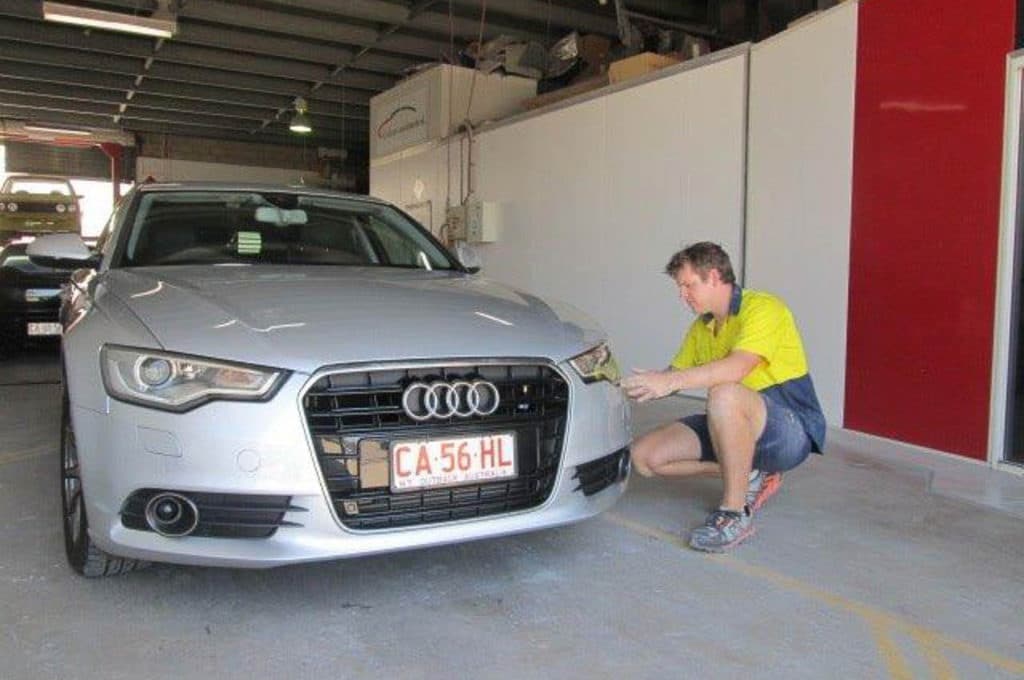DIY crash repairs have become a common practice among car owners seeking to save money or simply enjoy the satisfaction of fixing their vehicles themselves. While the idea of rolling up one’s sleeves and getting hands-on with car repairs may seem appealing, it’s crucial to acknowledge the potential dangers associated with this approach.
In this blog, we will delve into the risks and hazards of DIY crash repairs, highlighting the safety concerns, physical risks, and potential complications that can arise. We’ll discuss why it’s essential to leave crash repairs to the professionals, emphasising the expertise and experience they bring to the table. Additionally, we’ll address the common misconceptions surrounding DIY repairs and explore the long-term financial implications of opting for this route. Finally, we’ll conclude by reinforcing the importance of prioritising safety and quality by seeking professional assistance for crash repairs.
Understanding DIY Crash Repairs
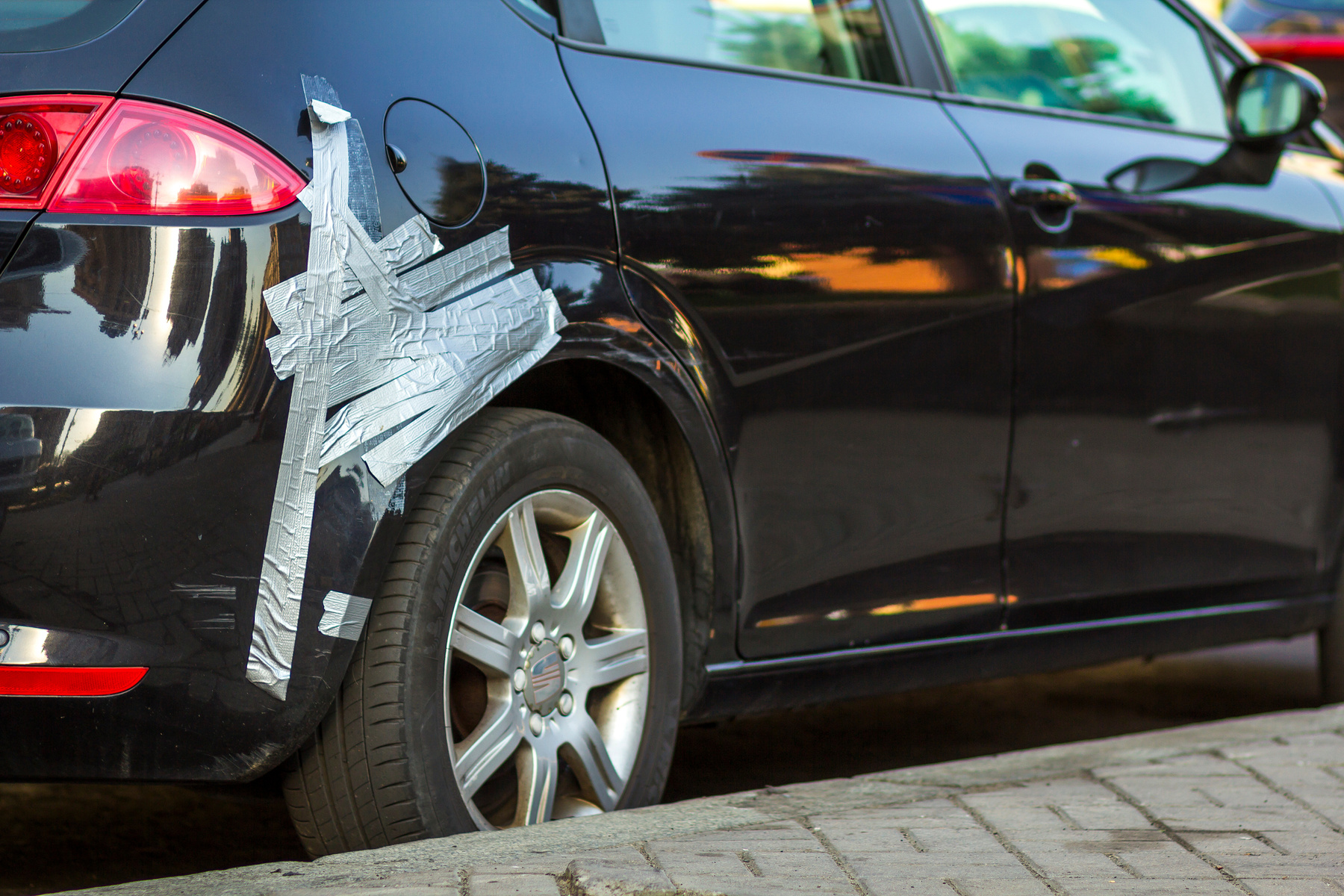
DIY crash repairs, short for “do-it-yourself crash repairs,” refer to the practice of car owners attempting to fix damages sustained in a collision or car accident on their vehicles without seeking professional assistance. This can involve tasks such as repairing dents, scratches, or minor panel damage, as well as replacing damaged components like bumpers or headlights.
There are several common reasons why car owners may choose to undertake DIY crash repairs instead of turning to professionals:
1. Cost Savings: One of the primary motivations for DIY repairs is the desire to save money. Car owners may believe that by handling the repairs themselves, they can avoid the expenses associated with hiring a professional repair shop.
2. Sense of Control: Some car owners prefer to take matters into their own hands, feeling a sense of empowerment and control over the repair process. DIY repairs allow them to have a hands-on approach and a greater level of involvement in restoring their vehicles.
3. Time Flexibility: DIY repairs can be done at the car owner’s convenience, without the need to schedule appointments or wait for availability at a repair shop. This flexibility appeals to individuals who have busy schedules or prefer to work on their cars in their own time.
4. Personal Satisfaction: For enthusiasts and hobbyists, working on cars can be a fulfilling and enjoyable activity. DIY crash repairs provide an opportunity for car owners to showcase their skills, learn new techniques, and derive satisfaction from successfully restoring their vehicles.
While these reasons may seem compelling, it’s essential to consider the potential risks and limitations of DIY crash repairs, as we’ll explore further in this blog.
Risks and Dangers of DIY Crash Repairs

Undertaking DIY crash repairs can pose significant risks and dangers, which car owners should carefully consider before attempting to fix their vehicles themselves. Some of the key risks include:
- Lack of Expertise and Experience: Car repair professionals undergo extensive training and have years of experience working with various vehicle makes and models. In contrast, amateur DIY enthusiasts may lack the necessary knowledge and skills to accurately assess and repair damages. Without proper expertise, there’s a higher likelihood of making mistakes or overlooking critical issues, leading to subpar repairs and compromised vehicle safety.
- Safety Hazards: Repairing a damaged vehicle can expose individuals to a range of safety hazards, including sharp metal edges, electrical wiring, and hazardous chemicals found in paint and adhesives. Without adequate safety precautions and protective equipment, DIY enthusiasts are at risk of sustaining injuries such as cuts, burns, or chemical exposure. Additionally, attempting repairs without proper knowledge of safety protocols can result in accidents or mishaps that endanger both the individual and others nearby.
- Potential for Further Damage to the Vehicle: DIY repairs carry the risk of causing further damage to the vehicle, especially if the repairs are performed incorrectly or with improper tools and techniques. For example, attempting to repair structural damage without the necessary equipment or expertise can compromise the integrity of the vehicle’s frame, leading to safety hazards and costly repairs down the line. Moreover, using low-quality replacement parts or incorrect repair methods may exacerbate existing issues or create new problems, ultimately reducing the vehicle’s performance and resale value.
- Complications with Modern Vehicle Systems: Modern vehicles are equipped with sophisticated electronic systems, sensors, and advanced safety features designed to enhance performance and protect occupants. DIY enthusiasts may lack the knowledge and diagnostic tools required to properly address issues related to these complex systems. Improper handling of electronic components or failure to recalibrate safety features after repairs can result in malfunctions or system failures, compromising the vehicle’s safety and functionality.
By understanding and acknowledging these risks, car owners can make informed decisions about whether to attempt DIY crash repairs or seek professional assistance from experienced technicians. In the next sections, we’ll delve deeper into the safety concerns and financial implications associated with DIY repairs, emphasising the importance of prioritising safety and quality in vehicle repairs.
Safety Concerns and Physical Risks
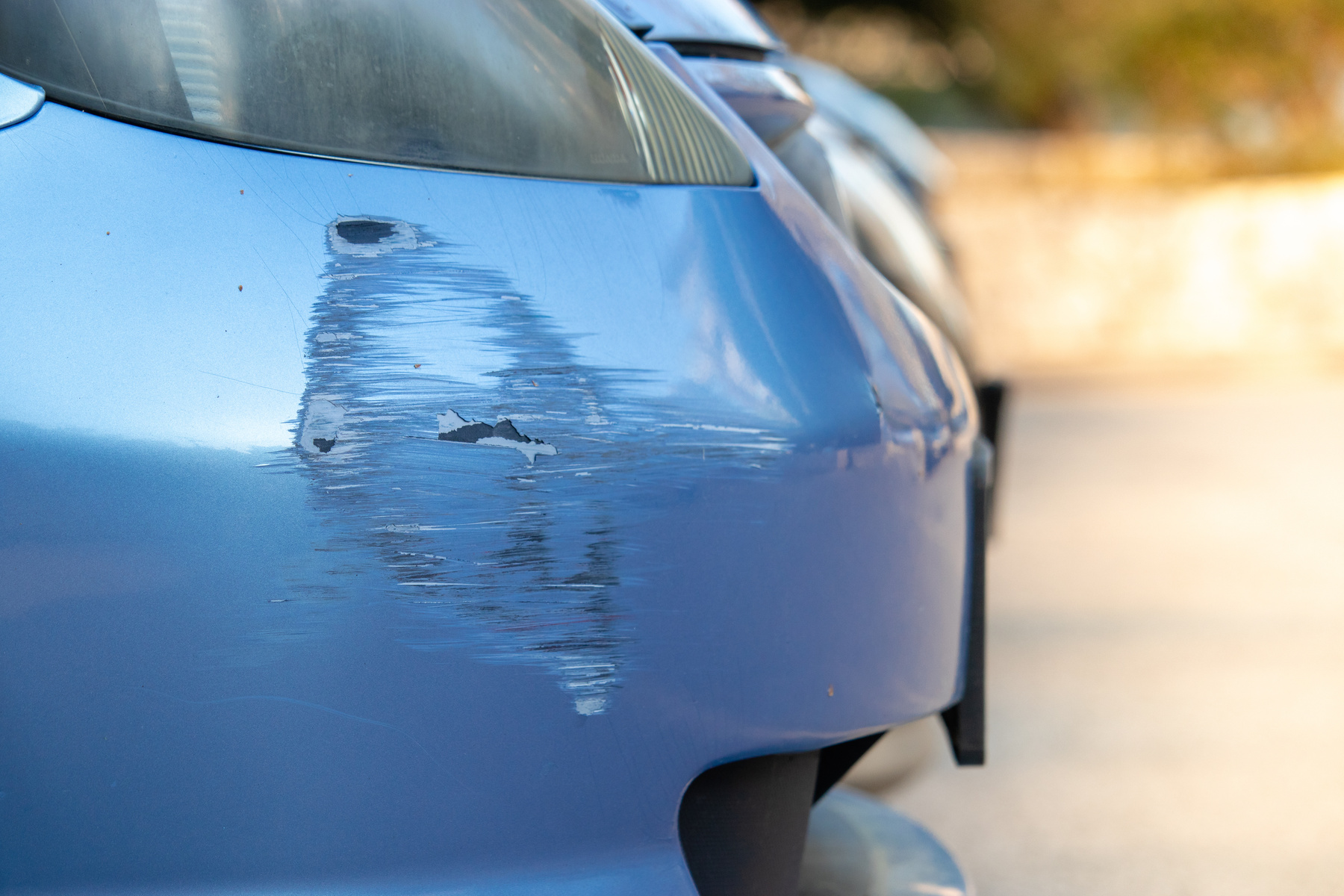
DIY crash repairs without proper training and equipment can pose significant safety concerns and increase the risk of physical injuries for car owners. Here are some key safety concerns associated with DIY crash repairs:
Increased Risk of Physical Injuries:
DIY enthusiasts who attempt to repair damaged vehicles without proper training and safety precautions are at a higher risk of sustaining physical injuries. Handling sharp tools, lifting heavy components, and working in confined spaces can lead to cuts, bruises, strains, and other injuries. Moreover, accidents such as slips, falls, and mishandling of equipment can result in more severe injuries, including fractures or concussions. Without adequate safety measures in place, car owners may inadvertently put themselves and others at risk while attempting repairs.
Lack of Proper Tools and Equipment:
Professional repair shops are equipped with specialised tools and equipment designed to facilitate safe and efficient repairs. In contrast, DIY enthusiasts may not have access to the same level of equipment, making it challenging to perform repairs effectively and safely. Using makeshift tools or inappropriate equipment increases the risk of accidents and can lead to subpar results. Moreover, the lack of proper lifting equipment and support structures can heighten the risk of accidents when working underneath vehicles or handling heavy components.
Inadequate Understanding of Safety Protocols:
DIY repair attempts often lack the comprehensive safety protocols and guidelines followed by professional technicians. Car owners may underestimate the importance of safety measures such as wearing protective gear, securing vehicles on jack stands, and disconnecting power sources before performing electrical work. Without proper understanding and adherence to safety protocols, DIY enthusiasts are more susceptible to accidents and injuries. Additionally, inadequate knowledge of vehicle-specific safety precautions and procedures can result in mishaps or damage to essential components.
By recognising the safety concerns associated with DIY crash repairs, car owners can take proactive steps to minimise risks and prioritise their well-being. Seeking professional assistance from experienced technicians ensures that repairs are conducted safely and effectively, reducing the likelihood of accidents and injuries during the repair process.
Potential Complications and Further Damage
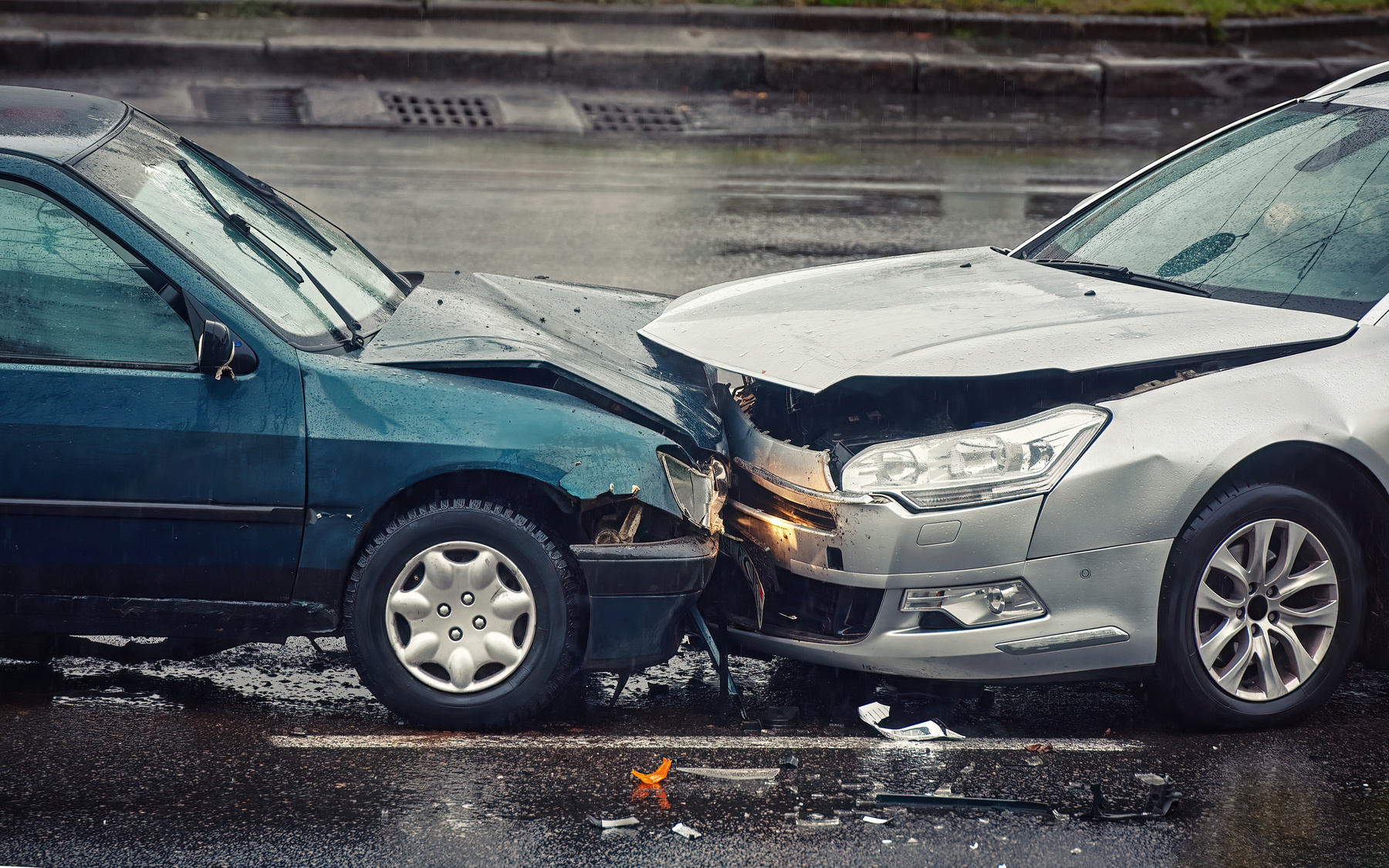
DIY repairs, while well-intentioned, can often result in further complications and damage to vehicles, impacting various aspects of their safety, functionality, and structural integrity. Here’s how DIY repairs can lead to these adverse outcomes:
Vehicle Safety:
DIY repairs may compromise the overall safety of the vehicle, as amateur attempts may fail to address underlying issues or adequately restore damaged components. For example, improperly repaired body panels or structural elements may not provide the necessary protection in the event of another collision, increasing the risk of injury to occupants. Similarly, DIY repairs to safety-critical systems such as brakes, steering, or airbags can lead to malfunctions or failures, compromising the vehicle’s ability to respond effectively to hazardous situations on the road.
Functionality of Car Parts:
DIY repairs can affect the functionality and performance of essential car parts, leading to diminished reliability and efficiency. Amateur attempts to repair mechanical or electrical components may result in improper adjustments, misalignments, or faulty installations, causing components to operate suboptimally or fail prematurely. For instance, incorrectly repaired brakes may exhibit reduced stopping power or uneven braking, posing a safety risk to the driver and passengers. Similarly, DIY repairs to engine components, such as the cooling system or transmission, may result in overheating, fluid leaks, or mechanical breakdowns, compromising the vehicle’s reliability and drivability.
Structural Integrity:
DIY repairs to the vehicle’s body structure can impact its structural integrity, potentially compromising its ability to withstand impact forces and protect occupants in the event of a collision. Improperly repaired frame or chassis components may lack the necessary strength and rigidity to absorb and distribute crash forces effectively, increasing the likelihood of deformation or collapse during a collision. Additionally, amateur attempts to repair structural damage may introduce weaknesses or stress points that weaken the overall integrity of the vehicle’s frame, putting occupants at greater risk of injury in the event of a crash.
In summary, DIY repairs can introduce a range of complications and damage that affect the safety, functionality, and structural integrity of vehicles. To ensure the continued safety and reliability of their vehicles, car owners should seek professional assistance from qualified technicians who have the expertise, experience, and equipment to perform repairs to the highest standards. Prioritising professional repairs not only mitigates the risk of further damage but also helps to safeguard the well-being of vehicle occupants and other road users.
Cost Considerations
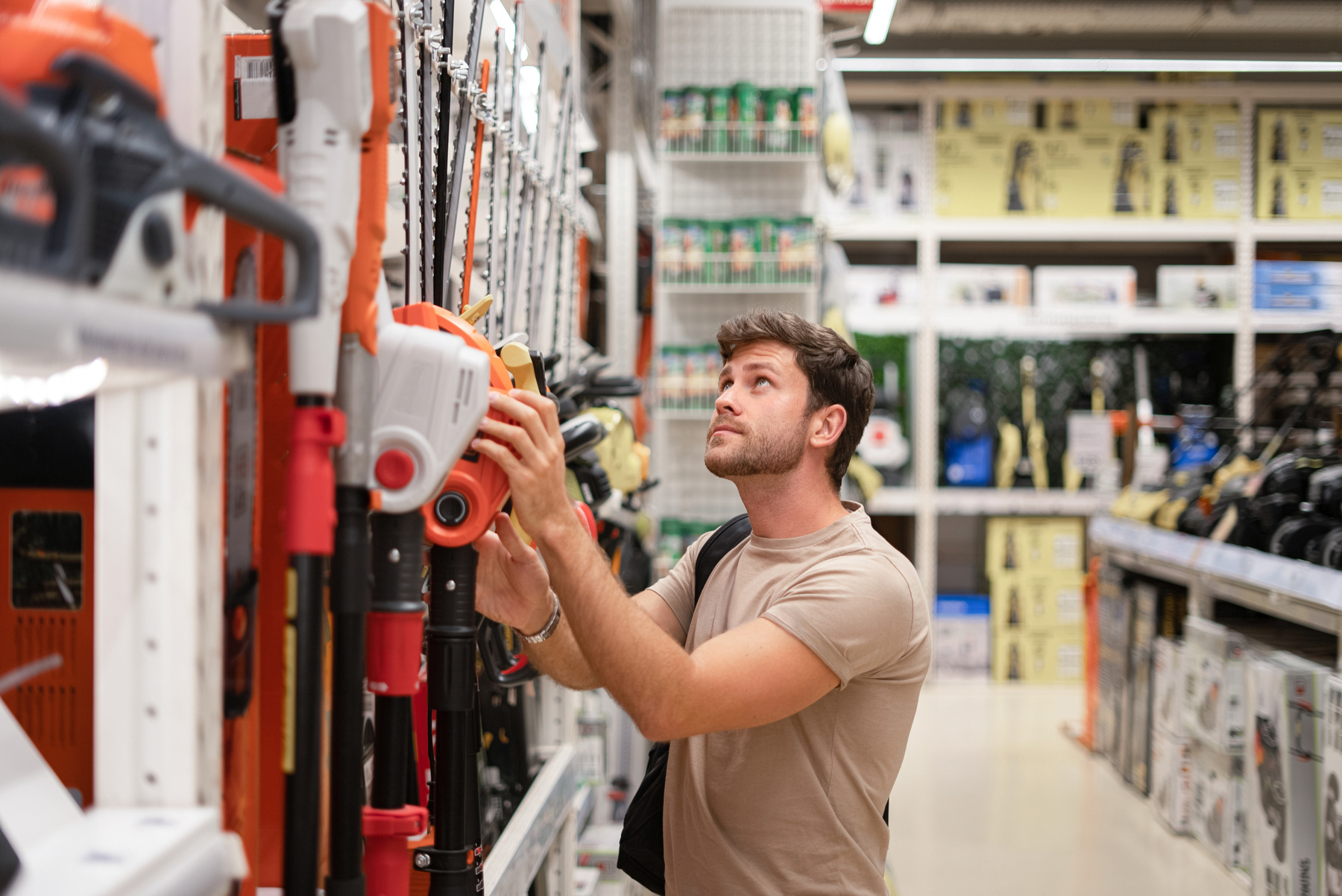
Many car owners believe that opting for DIY repairs can save them money in the short term. However, this perception often overlooks the hidden costs associated with DIY attempts and fails to consider the long-term financial implications of improper repairs. Let’s delve into these cost considerations:
Hidden Costs Associated with DIY Attempts:
While DIY repairs may seem cost-effective at first glance, they often come with hidden costs that can quickly add up. These hidden costs include:
- Purchase of Tools and Equipment: DIY enthusiasts may need to invest in specialised tools and equipment required for specific repair tasks. The initial cost of acquiring these tools can be substantial, particularly for repairs that involve complex procedures or specialised tools not commonly found in a household toolkit.
- Replacement Parts and Materials: DIY repairs require the purchase of replacement parts, materials, and consumables such as paints, adhesives, and fasteners. Depending on the extent of the damage and the quality of the replacement parts chosen, these costs can escalate significantly, especially if multiple repair attempts are required due to mistakes or inadequate repairs.
- Time and Labour: DIY repairs consume valuable time and effort, which could be spent on other activities or responsibilities. The time spent researching repair procedures, sourcing parts, and carrying out repairs can be considerable, particularly for individuals with limited experience or expertise. Additionally, the opportunity cost of time spent on DIY repairs should be considered, as it detracts from potential income-generating activities or leisure pursuits.
Long-Term Financial Implications of Improper Repairs:
DIY repairs can have long-term financial implications if they fail to address underlying issues or result in subpar repairs. Some of the potential long-term costs associated with improper repairs include:
- Repair Redo: If DIY repairs are not performed correctly or fail to resolve the underlying issue, car owners may need to seek professional assistance to rectify the problem. This entails additional expenses for diagnostic tests, labour, and replacement parts, effectively nullifying any cost savings achieved through DIY attempts.
- Reduced Resale Value: Improper repairs can diminish the resale value of a vehicle, as potential buyers may be deterred by visible signs of amateur repairs or concerns about the vehicle’s safety and reliability. Cars with a history of DIY repairs may command lower prices on the resale market, resulting in financial losses for the owner.
- Safety Risks and Liability: Inadequate DIY repairs can compromise the safety of the vehicle and its occupants, increasing the risk of accidents or injuries. If a DIY repair is found to be the cause of an accident or contributes to the severity of injuries sustained, car owners may be held liable for damages and face legal repercussions, including costly litigation and compensation payments.
By considering these hidden costs and long-term financial implications, car owners can make informed decisions about whether to pursue DIY repairs or seek professional assistance. While DIY repairs may offer short-term cost savings, they often pale in comparison to the value and peace of mind provided by professional repairs conducted by experienced technicians. Prioritising safety, quality, and long-term reliability ensures that car owners can enjoy their vehicles without compromising on safety or financial stability.
Coconut Grove Panel & Paint (CGPP): Leading Crash Repairs in Darwin
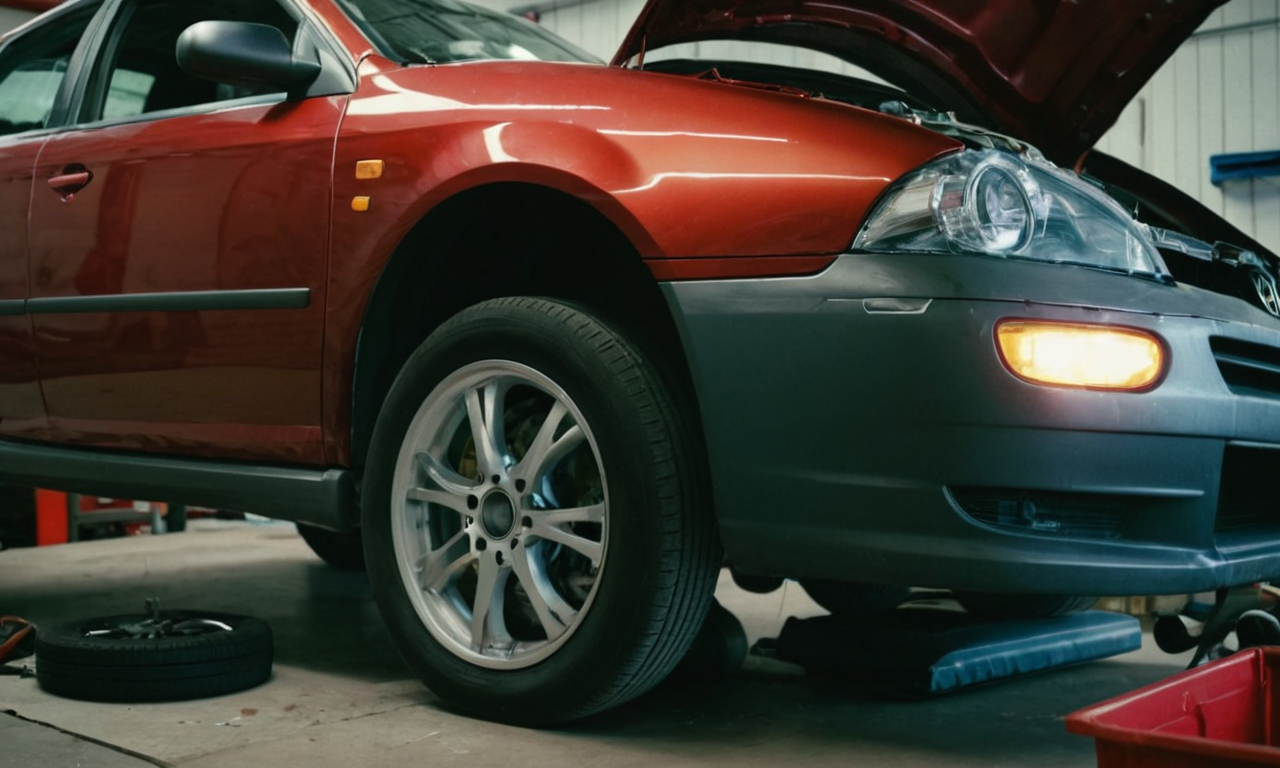
Coconut Grove Panel & Paint stands as one of the premier crash repair auto body shops in Darwin, renowned for their exceptional expertise, extensive experience, and unwavering commitment to customer satisfaction. With a team of skilled technicians who possess a wealth of knowledge in vehicle repairs, CGPP ensures that every vehicle entrusted to them receives the highest standard of care and attention to detail.
Having served the Darwin community for years, CGPP has established a solid reputation for excellence in crash repairs, earning the trust and loyalty of countless satisfied customers. Their dedication to delivering superior results is evident in every aspect of their work, from meticulous craftsmanship to personalised customer service.
At CGPP, customer satisfaction is paramount, and they go above and beyond to exceed expectations with every repair job. Whether it’s restoring a vehicle to its pre-accident condition or addressing complex structural damage, CGPP’s team of experts utilise state-of-the-art equipment and industry-leading techniques to ensure flawless outcomes and complete peace of mind for their clients.
With CGPP, car owners can rest assured that their vehicles are in safe hands, receiving the care and attention they deserve. As a leading authority in crash repairs in Darwin, CGPP continues to set the standard for excellence in the automotive repair industry, earning accolades and recognition for their outstanding contributions to vehicle safety and quality craftsmanship.
Conclusion
In conclusion, DIY crash repairs pose significant risks and challenges that can compromise the safety, functionality, and structural integrity of vehicles. Throughout this blog, we’ve highlighted the various dangers associated with DIY attempts, including the lack of expertise, safety hazards, potential for further damage, and long-term financial implications.
While the idea of saving money and taking control of repairs may seem appealing, it’s crucial to recognise the importance of prioritising safety and quality assurance. Seeking professional assistance from experienced technicians, such as those at CGPP, ensures that repairs are conducted to the highest standards, with meticulous attention to detail and adherence to safety protocols.
By entrusting crash repairs to professionals, car owners can rest assured that their vehicles are in capable hands, receiving the expertise and care needed to restore them to optimal condition. With professional assistance, the risk of accidents, injuries, and costly mistakes associated with DIY attempts is significantly reduced, providing peace of mind and long-term reliability.
When it comes to crash repairs and car body repairs, the safest and most reliable option is to leave it to the professionals. By prioritising safety and quality assurance, car owners can protect their investments and ensure the continued safety and performance of their vehicles on the road.



